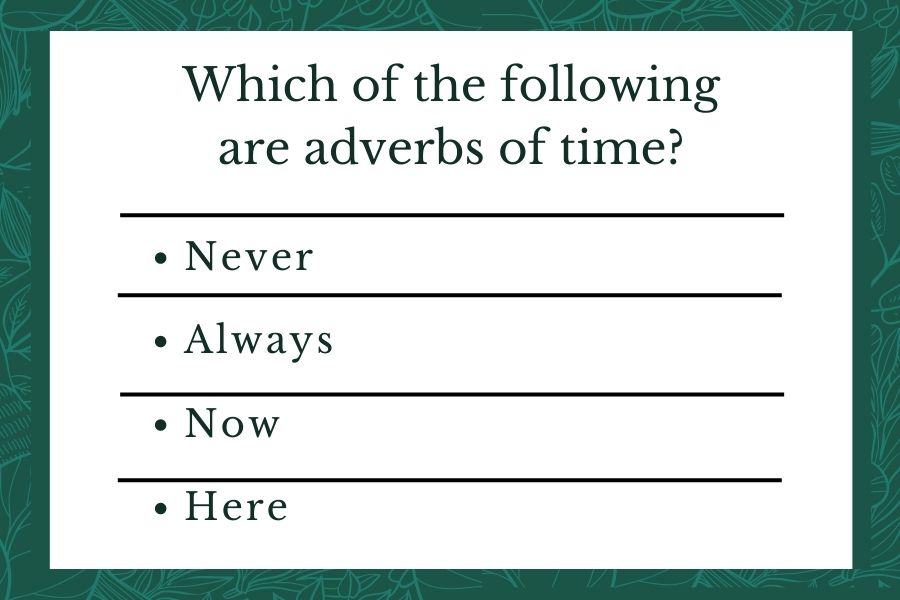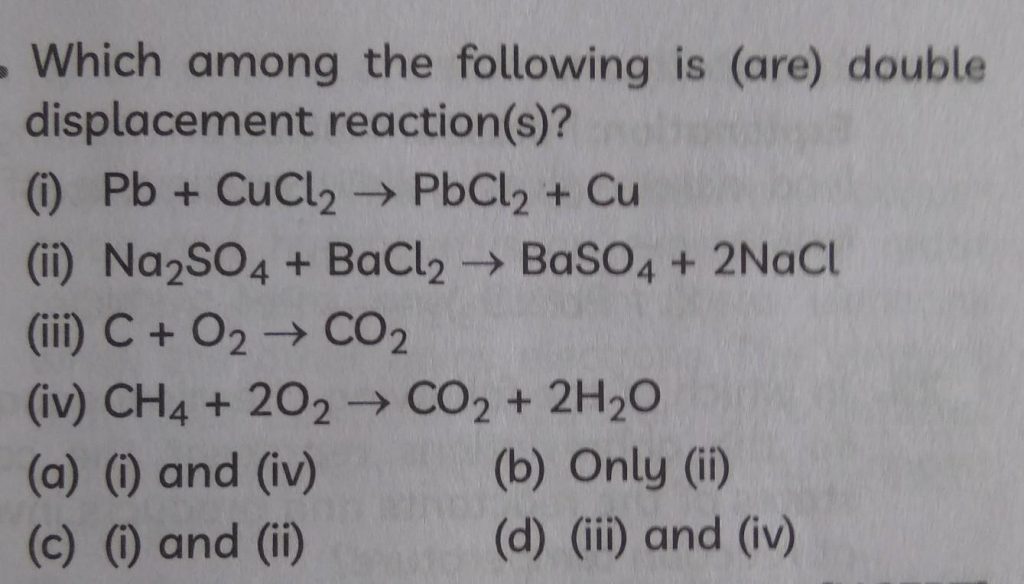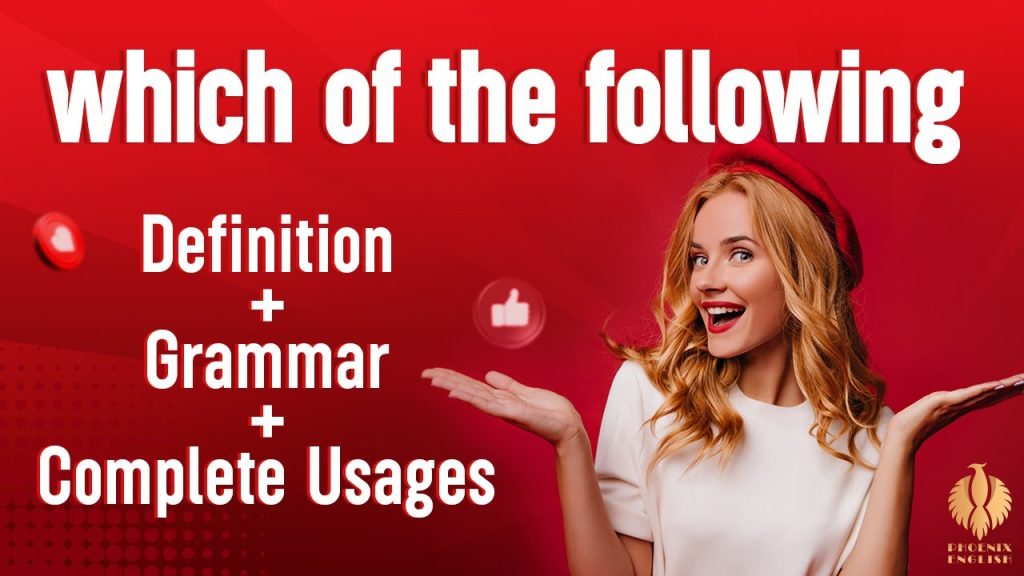Ever seen the phrase “Which of the following” in a quiz or test and felt a little confused? You won’t be alone! In everything from school exams to online quizzes to job interviews, this common question starter is used. But what exactly does it imply? And how are you supposed to answer it the right way?
What Does “Which of the Following” Mean?
When someone asks you to select something from a predetermined list, they use the expression “Which of the following.” It’s a way of narrowing down the choices so you’re only selecting from what’s given.
Simply put, “which” asks you to select one or more options, while “of the following” refers to the items or statements that follow the question. Take, for instance, a question like “Which of the following animals has the ability to fly?” and present you with a list of animals like an elephant, dog, cat, and bird; you are expected to select the correct answer from that list.
The correct response in this instance would be “bird.” In multiple-choice questions, this phrase is frequently used to direct your response and ensure that you are only considering the options provided. It helps you think more clearly and helps you focus.
Common Places You’ll See It
The phrase “Which of the following” shows up in many different situations, especially where clear choices are important. One of the most common places you’ll find it is in school exams and standardized tests. Teachers and test creators use it to ask students to choose the correct answer from a set of options.
You’ll also see it in online quizzes, surveys, and educational games. These tools often use the phrase to make questions more direct and easier to answer.
Job interviews and assessments may include it as well, especially in written tests or pre-employment evaluations. It helps employers check your knowledge or problem-solving skills in a simple and structured way.
Even in everyday life, you might hear it in conversations or instructions when someone wants you to choose from a list. It’s a useful phrase that helps people give clear directions and ask focused questions.

How to Use “Which of the Following” the Right Way
Using “which of the following” in a sentence is simple once you understand its purpose. It’s all about presenting options and asking someone to choose the correct one. Here are a few tips for using it the right way:
First, when you ask a “which of the following” question, always make sure the options you provide are clear and distinct from one another. This helps the person answering the question make an informed choice without confusion.
For example, if you were creating a quiz about fruits, a good question might be, “Which of the following fruits are typically red?”
- A. Apple
- B. Banana
- C. Cherry
- D. Orange
Here, the options are clear, and it’s easy to pick the right answer (A and C). The key is ensuring the choices are specific and relevant to the question.
Next, be mindful of the wording of the question. It should be direct and easy to understand. A well-written question doesn’t leave room for uncertainty about what the answer should be. For example, avoid asking vague questions like “Which of the following is true?” without giving clear options to compare.
When you’re answering a “Which of the following” question, remember to read all the options carefully. Look for keywords in the question that might hint at the correct answer—like “always,” “never,” or “most likely.”
Which of the Following vs. Similar Phrases
When comparing “Which of the following” to similar phrases, there are a few alternatives that can serve a similar purpose. Here’s a breakdown of some common options and when to use them:
- Which one(s) of the following
- Use: This is similar to “Which of the following,” but it’s a bit more specific when referring to just one option or multiple options.
- Example: Which one of the following do you prefer?
- Use: This is similar to “Which of the following,” but it’s a bit more specific when referring to just one option or multiple options.
- Which among the following
- Use: This is slightly more formal but still very similar in meaning to “which of the following.” It can be used interchangeably in many cases.
- Example: Which among the following options best suits your needs?
- Use: This is slightly more formal but still very similar in meaning to “which of the following.” It can be used interchangeably in many cases.
- Which from the following
- Use: A less common alternative, typically used in specific contexts where items are being selected or picked from a set.
- Example: Which from the following list do you choose?
- Use: A less common alternative, typically used in specific contexts where items are being selected or picked from a set.
- Out of the following
- Use: This is a more casual, conversational alternative to “Which of the following.” It’s often used when you want to emphasize choosing from a group.
- Example: Out of the following choices, which do you prefer?
- Use: This is a more casual, conversational alternative to “Which of the following.” It’s often used when you want to emphasize choosing from a group.
- What is your choice from the following
- Use: This is a slightly more explicit version of “Which of the following,” asking for a direct choice.
- Example: What is your choice from the following options?
- Use: This is a slightly more explicit version of “Which of the following,” asking for a direct choice.
- Select from the following
- Use: Often used in instructions, especially in surveys or tests.
- Example: Select from the following answers that apply.
- Use: Often used in instructions, especially in surveys or tests.
Each phrase is generally interchangeable, but some sound more formal or casual than others, so the context may dictate which is best suited.
Fun Practice Questions
Here are some fun practice questions that you can use for various purposes—whether it’s for trivia, learning, or just for fun!
General Knowledge
- What is the capital of France?
- Paris
- Rome
- Berlin
- Paris
- Which planet is known as the Red Planet?
- Mars
- Venus
- Jupiter
- Mars
- Who wrote “Harry Potter”?
- J.K. Rowling
- J.R.R. Tolkien
- George R.R. Martin
- J.K. Rowling
Trivia for Fun
- What is the largest mammal in the world?
- Elephant
- Blue whale
- Giraffe
- Elephant
- Which country is known for its maple syrup?
- Canada
- United States
- France
- Canada
Pop Culture
- Which movie won the Academy Award for Best Picture in 1994?
- Forrest Gump
- Titanic
- The Shawshank Redemption
- Forrest Gump
- What is the name of the fictional wizarding school in Harry Potter?
- Hogwarts
- Durmstrang
- Beauxbatons
- Hogwarts
Fun & Quirky
- If you could have any superpower, which would you choose?
- Invisibility
- Teleportation
- Super strength
- Invisibility
- Which food would you rather never eat again?
- Pizza
- Chocolate
- Ice Cream
- Pizza
Logic and Puzzles
- If you have two coins totaling 30 cents, and one of them is not a nickel, what are the two coins?
- A quarter and a nickel
- Two dimes
- A dime and a penny
- A quarter and a nickel
Just for Laughs
- Why don’t skeletons fight each other?
- They don’t have the guts!
- They don’t have the brains!
- They are too scared!
- They don’t have the guts!
- What do you call fake spaghetti?
- An impostor!
- A noodle imposter!
- A pasta-phony!
- An impostor!
You can use these questions to make any game or quiz more enjoyable. Let me know if you’d like more practice questions for specific topics!

Quick Grammar Tips
Here are some quick grammar tips to help you improve your writing and speaking:
Use Active Voice
- Tip: Active voice makes your sentences clearer and more engaging.
- Example:
- Active: The cat chased the mouse.
- Passive: The mouse was chased by the cat.
- Active: The cat chased the mouse.
Don’t Confuse “Your” and “You’re.”
- Tip: “Your” shows possession, while “you’re” is a contraction of “you are.”
- Examples:
- Your car is parked outside.
- You’re going to love this movie.
- Your car is parked outside.
Correctly Use Commas
- Tip: Use commas to separate items in a list, after introductory phrases, and to set off non-essential information.
- Examples:
- I bought apples, bananas, and grapes.
- After dinner, we went for a walk.
- My sister, who lives in New York, is visiting.
- I bought apples, bananas, and grapes.
Subject-Verb Agreement
- Tip: Ensure the subject and verb match in number (singular or plural).
- Examples:
- He runs every day.
- They run every day.
- He runs every day.
Apostrophes for Possession
- Tip: Use apostrophes to show possession, but don’t use them for plural words.
- Examples:
- The dog’s bone (singular possession).
- The dogs’ bones (plural possession).
- The dog’s bone (singular possession).
Their vs. They’re vs. There
- Tip: Know the difference between these homophones:
- Their = possession (Their house is big.)
- They’re = contraction of “they are” (They’re going to the park.)
- There = location (The book is over there.)
- Their = possession (Their house is big.)
Fewer vs. Less
- Tip: Use “fewer” for countable items and “less” for uncountable things.
- Examples:
- There are fewer books on the shelf.
- I have less water in my bottle.
- There are fewer books on the shelf.
Use “Which” for Non-Essential Clauses
- Tip: Use “which” with commas for non-essential information that adds extra detail.
- Example:
- The book, which was on the table, is now gone.
- The book, which was on the table, is now gone.
Avoid Double Negatives
- Tip: Don’t use two negatives in a sentence unless you’re aiming for emphasis (usually in informal speech).
- Example:
- Incorrect: I don’t need any help.
- Correct: I don’t need any help.
- Incorrect: I don’t need any help.
“Between” vs. “Among”
- Tip: Use “between” when talking about two items or people and “among” when talking about more than two.
- Examples:
- I can choose between coffee and tea.
- The money was divided among the three friends.
- I can choose between coffee and tea.
Conclusion
Today we explored the phrase “which of the following” in depth. We covered its correct usage, the distinction between “which of the following” and “which of the followings,” and clarified why the latter is grammatically incorrect.
We also examined how to use “which of the following is” and “which of the following are,” understanding the difference in usage based on singular and plural nouns. Additionally, we touched on why “which of the below” is not grammatically correct, and I provided you with the proper way to phrase questions. Finally, I shared some useful synonyms for “which of the following.”
Now that you have a strong understanding of this topic, you are ready to create your own multiple-choice questions and lists. Feel free to reach out if you have any further questions, and remember to check back for more insights.
